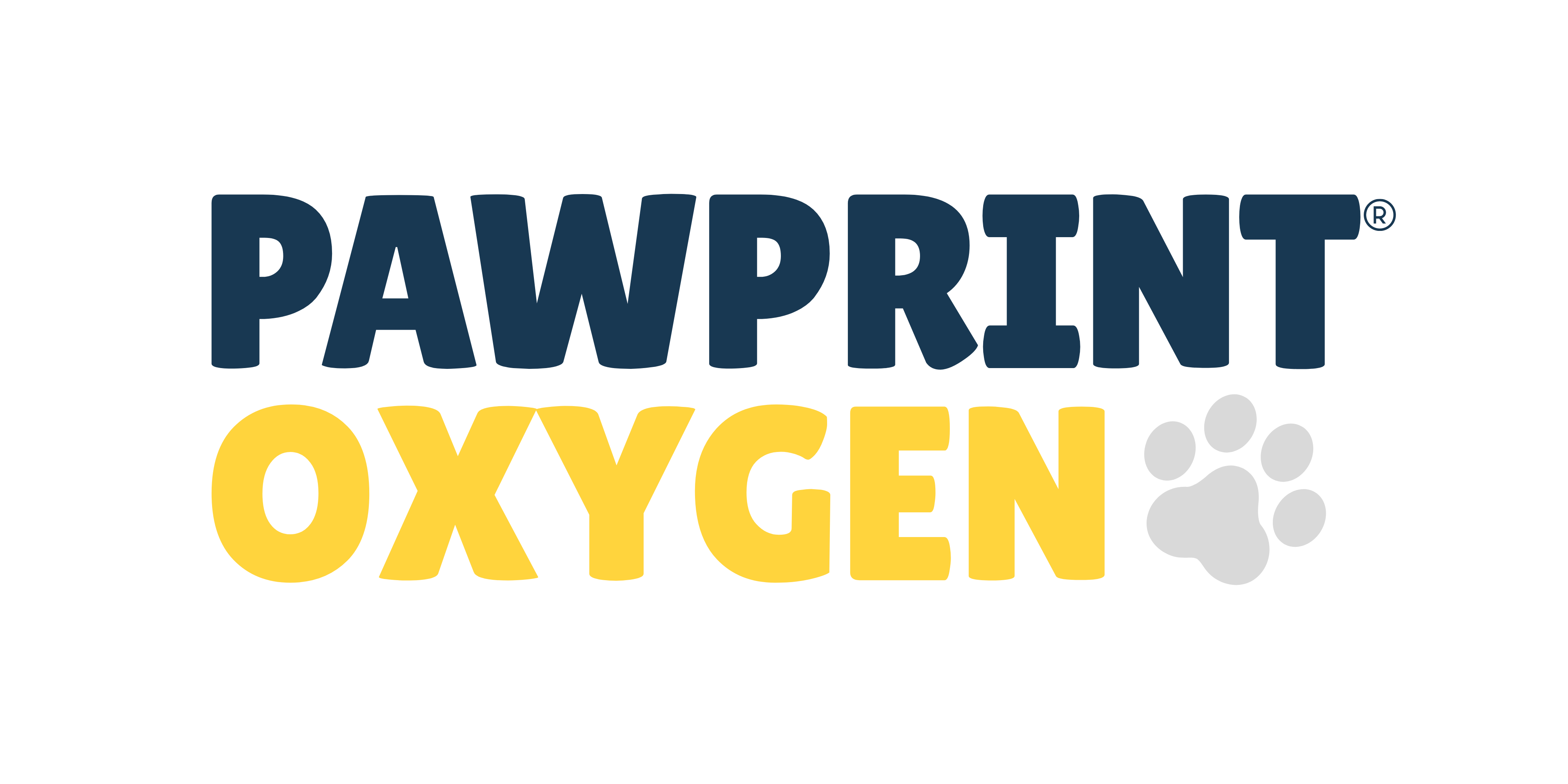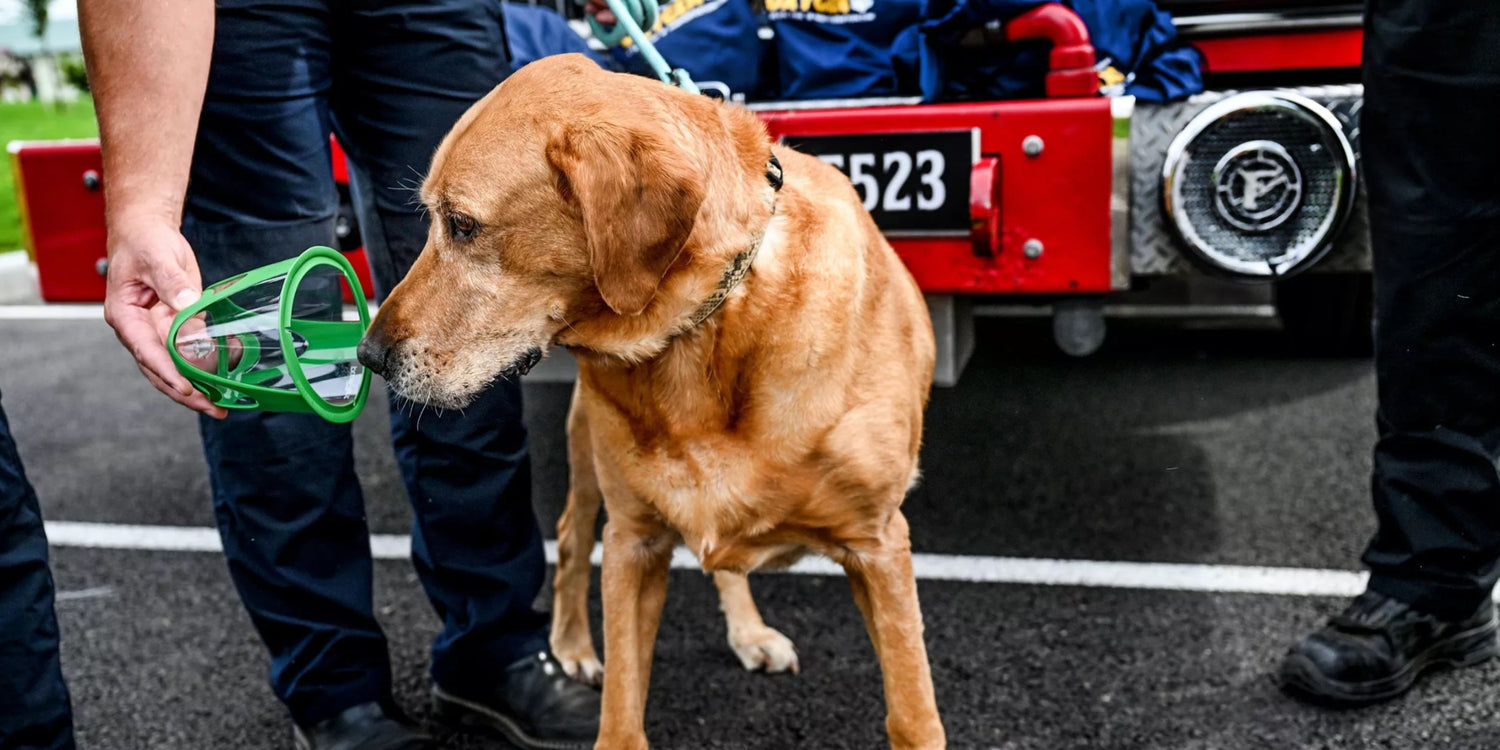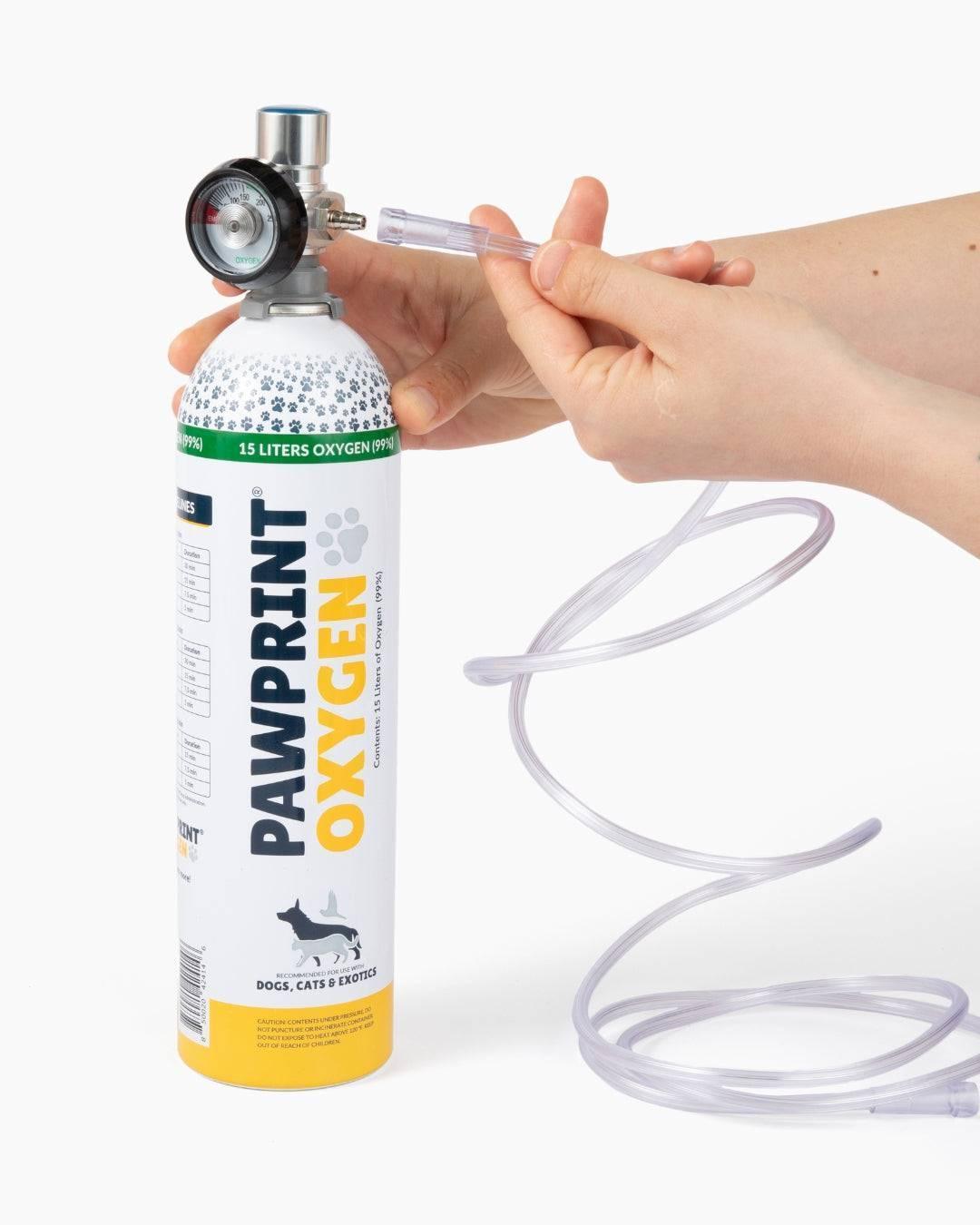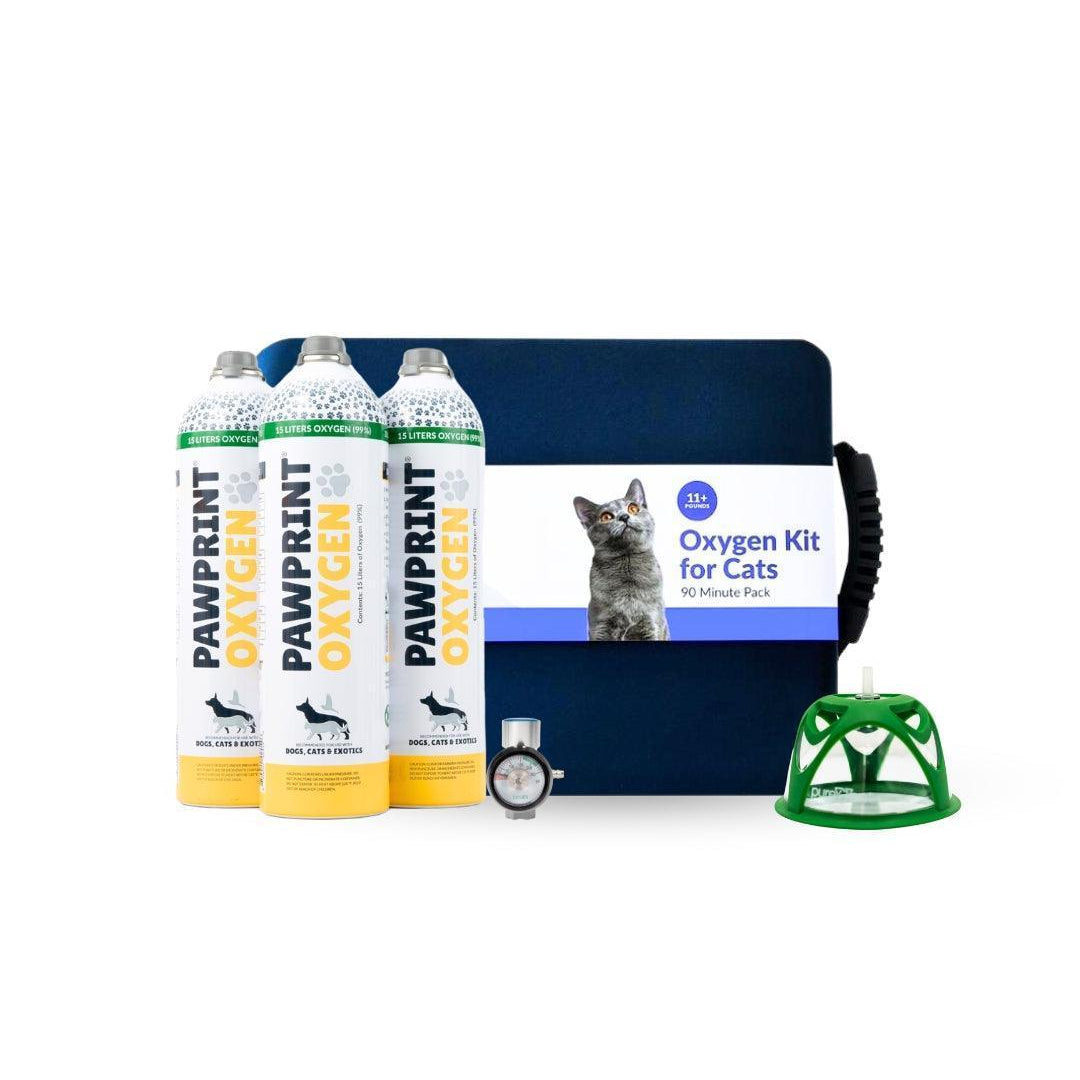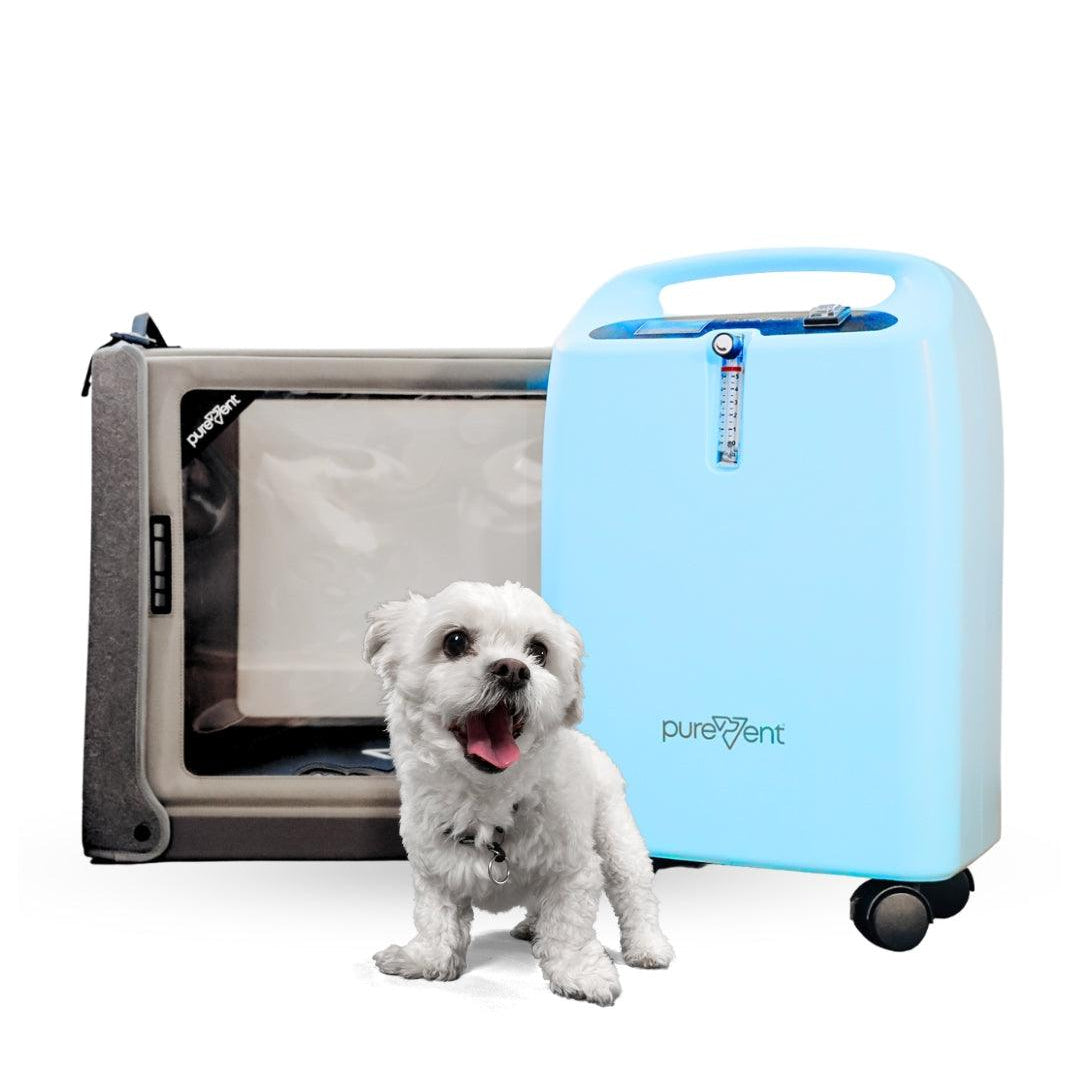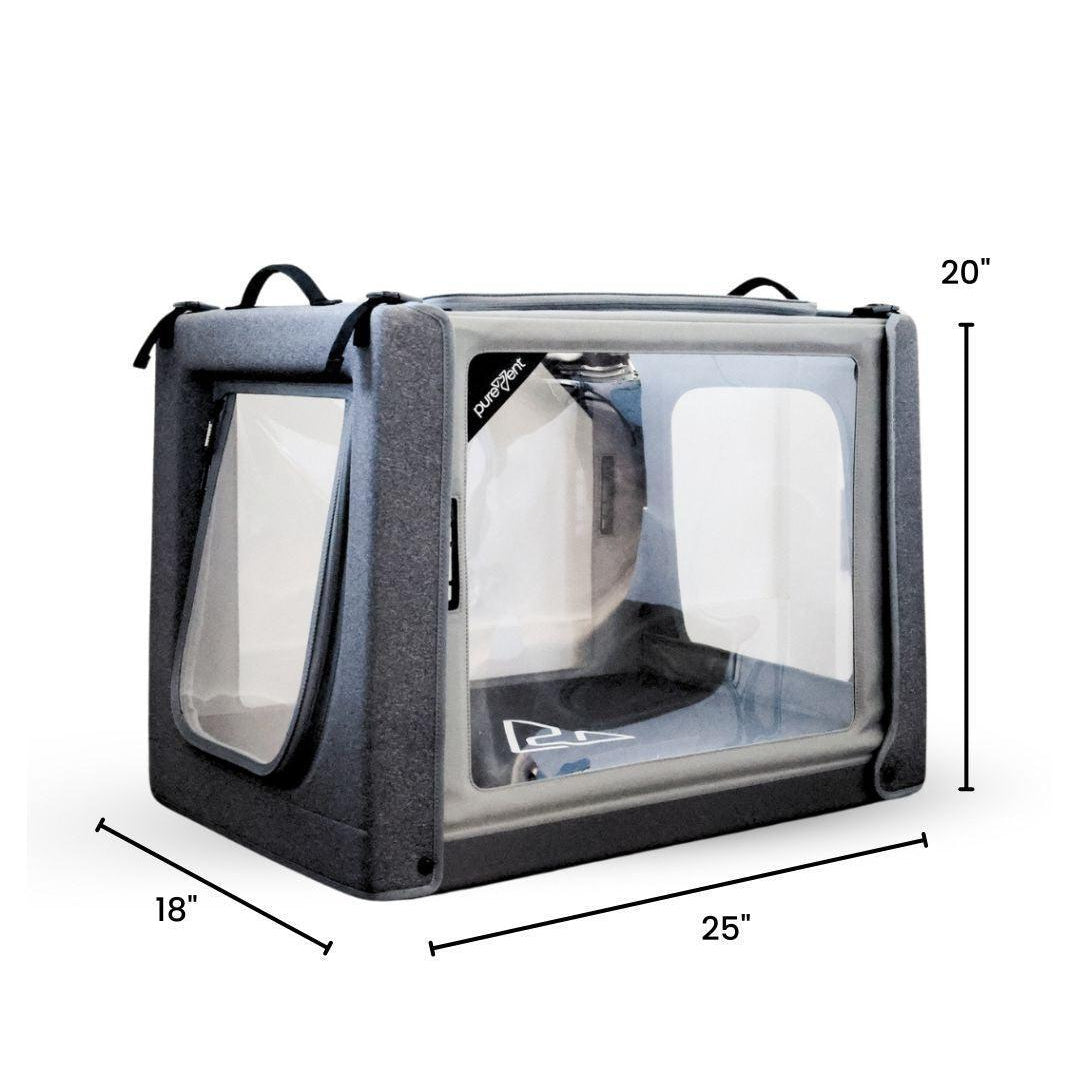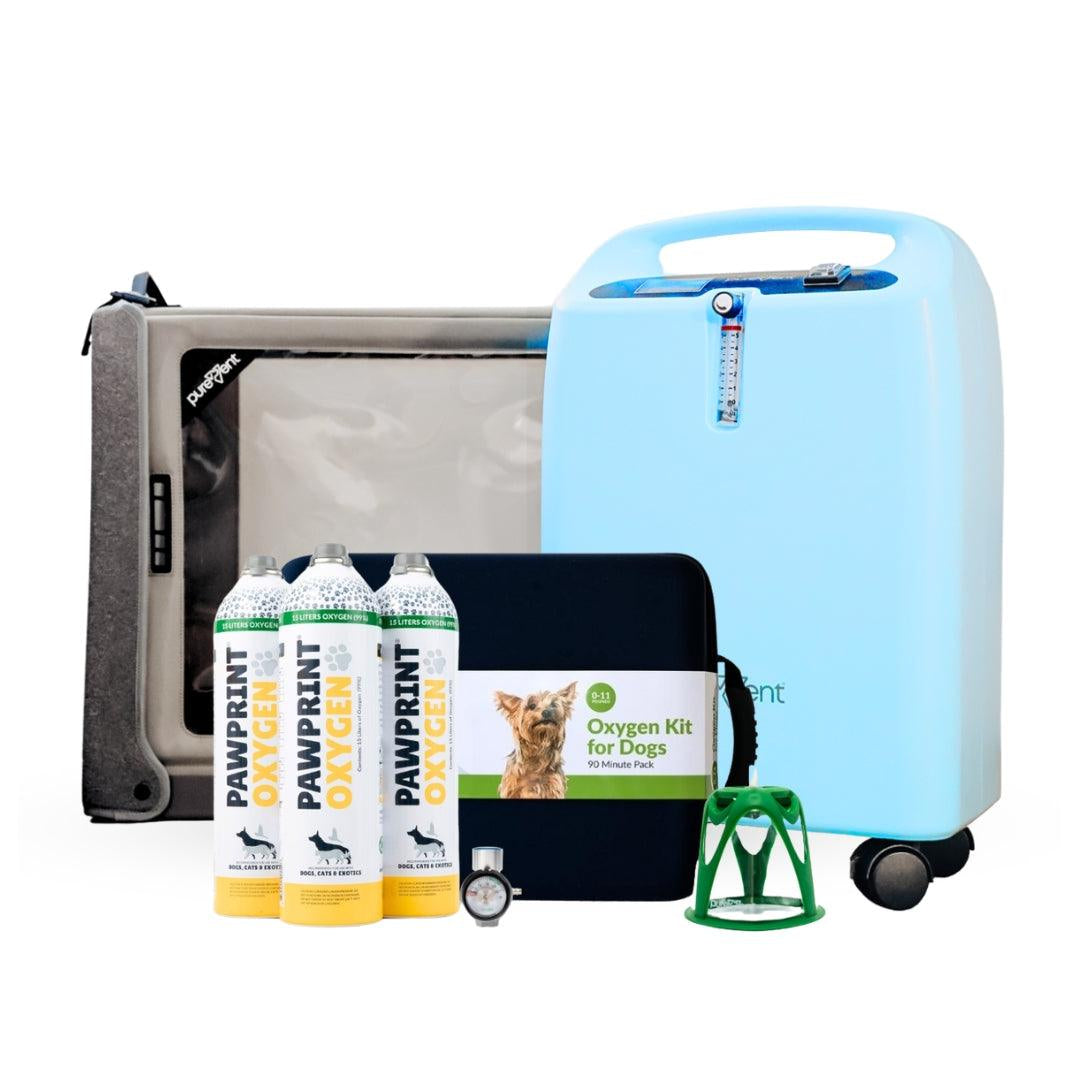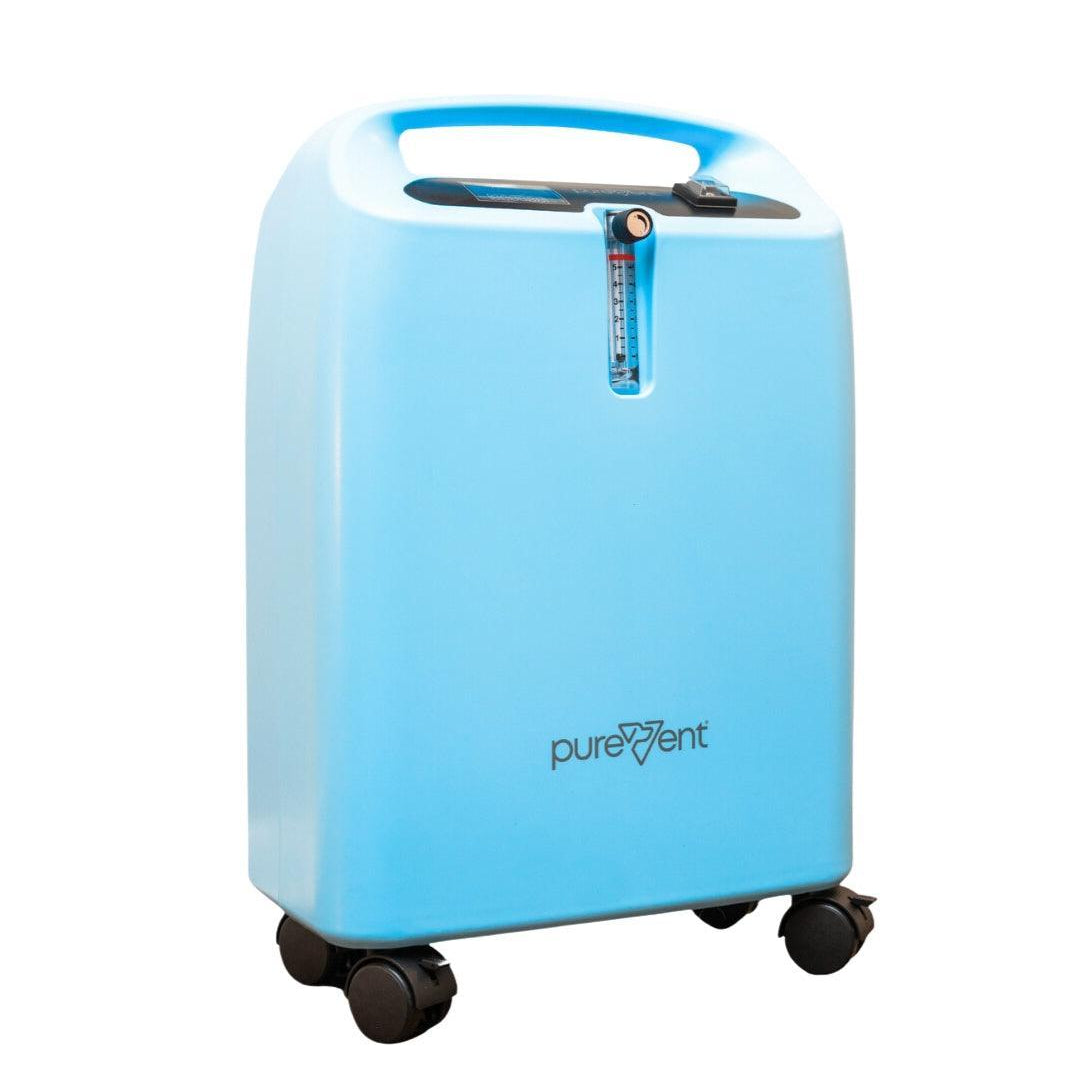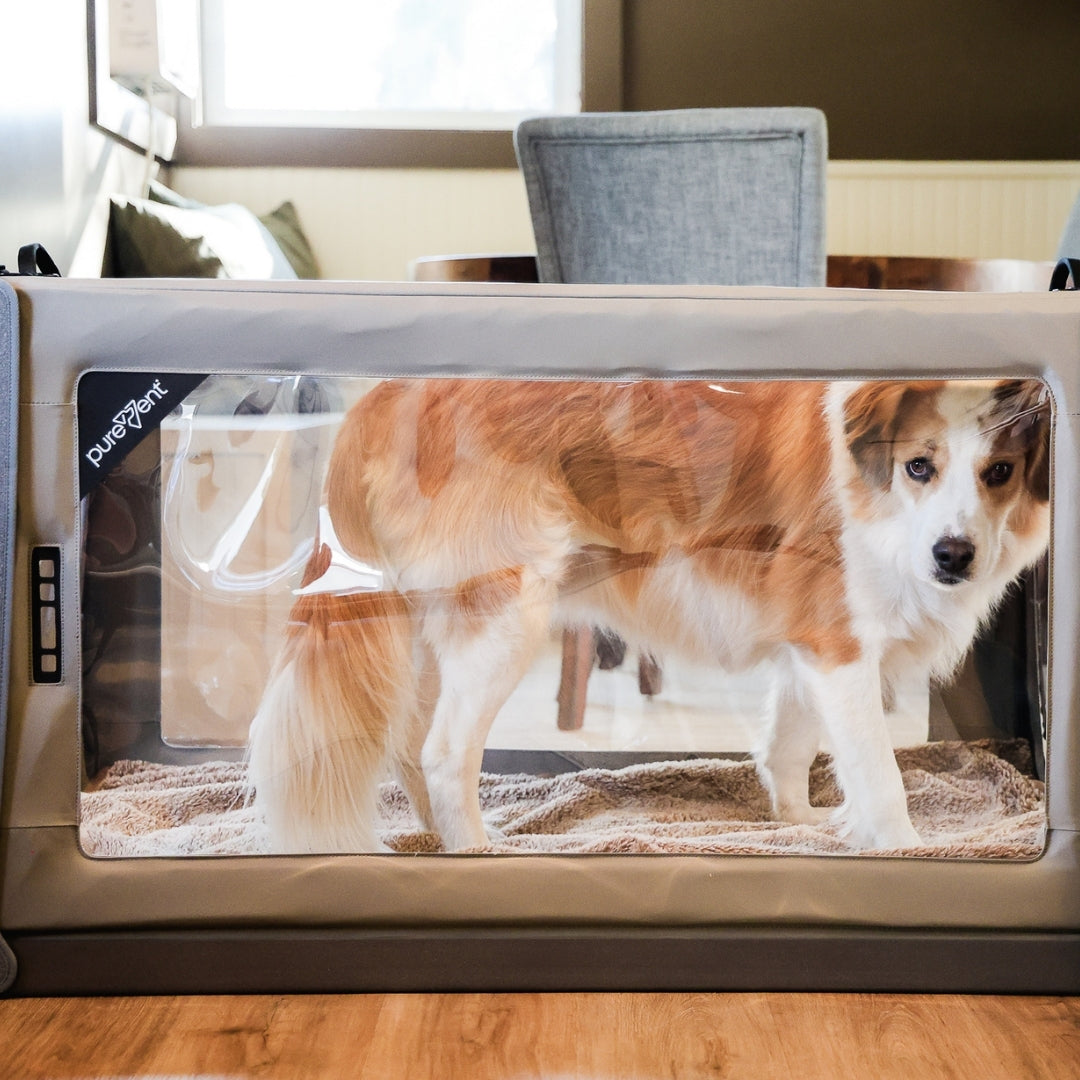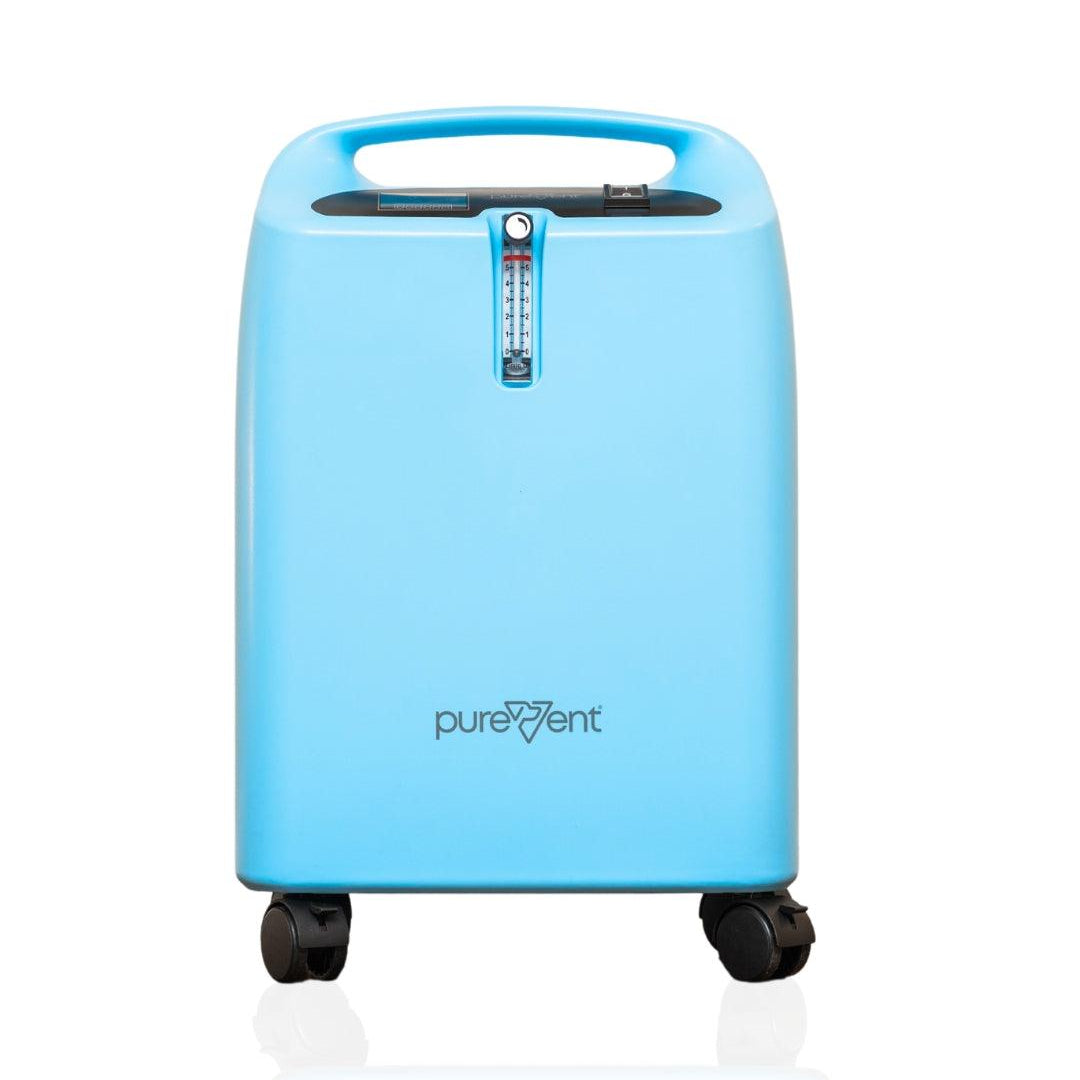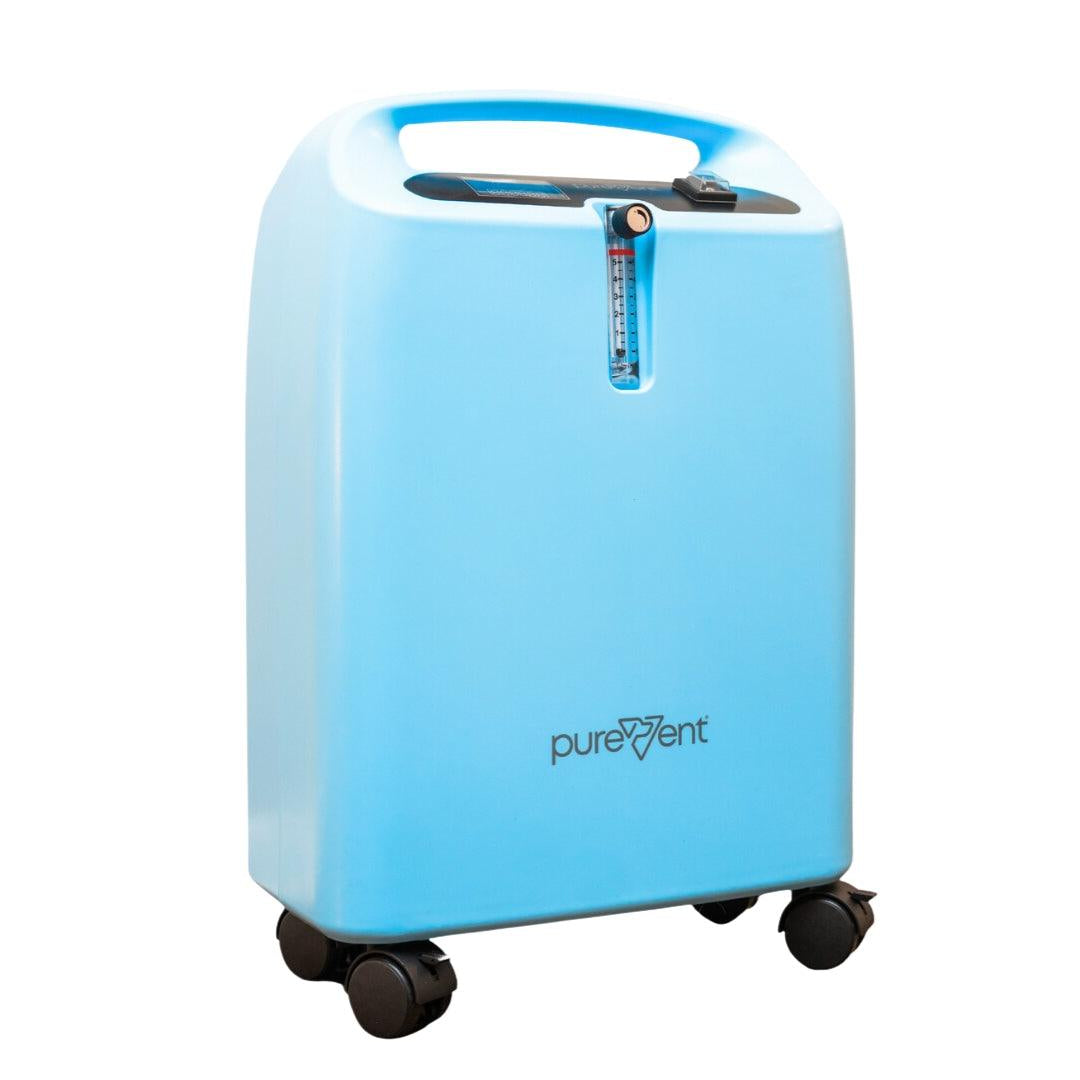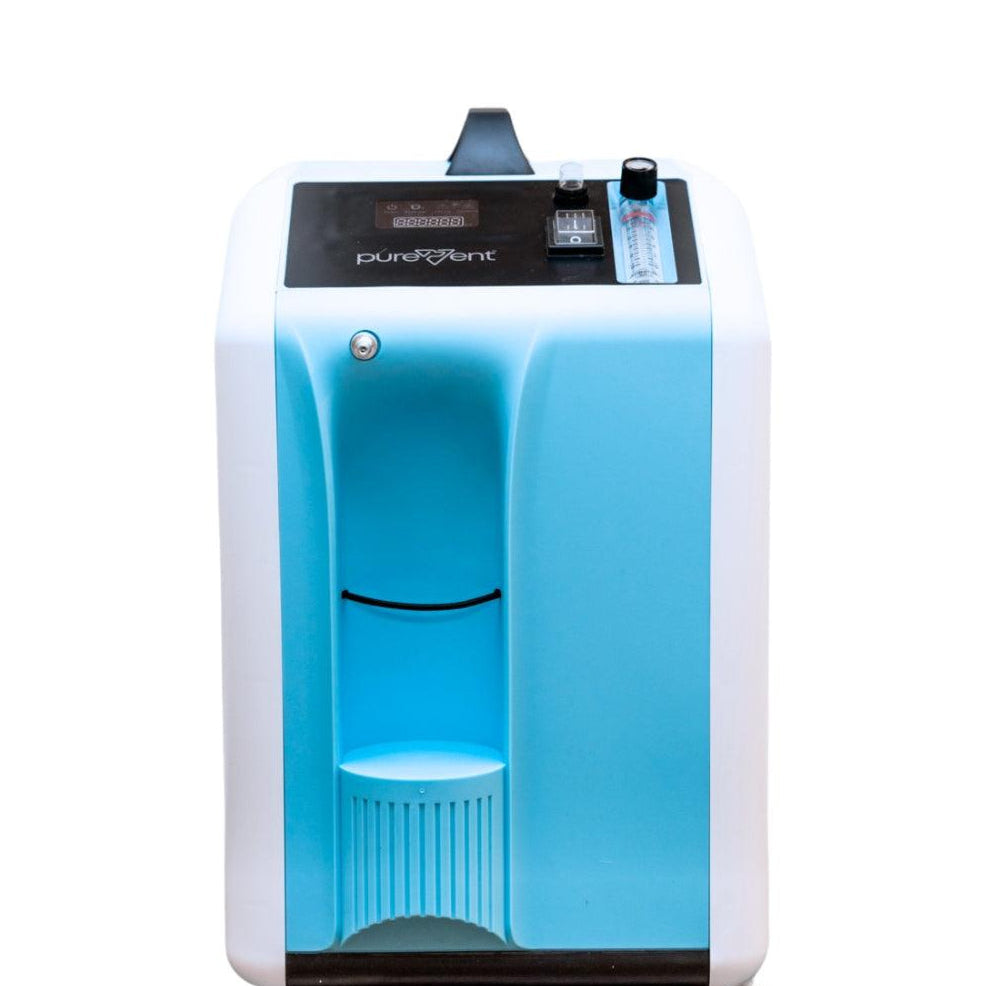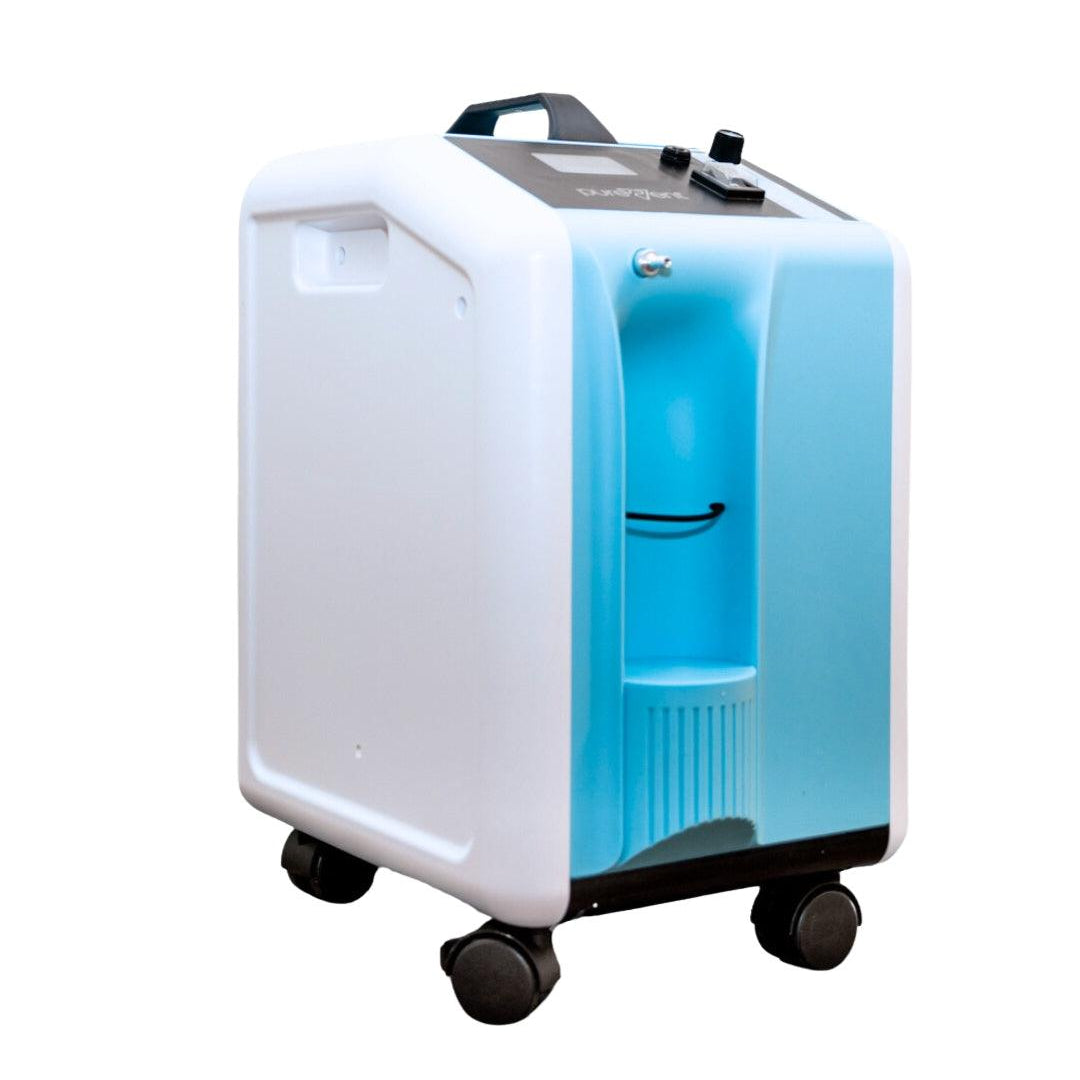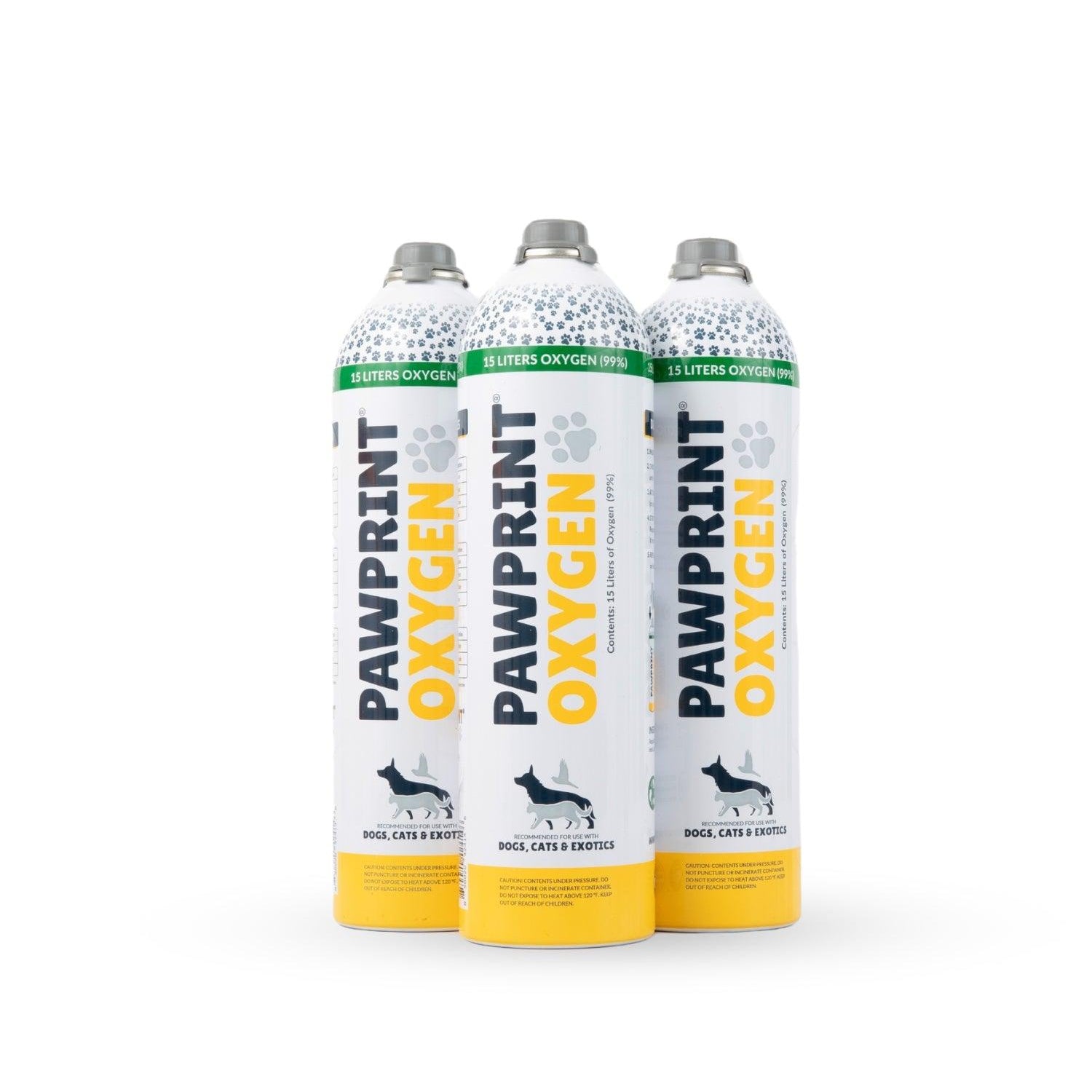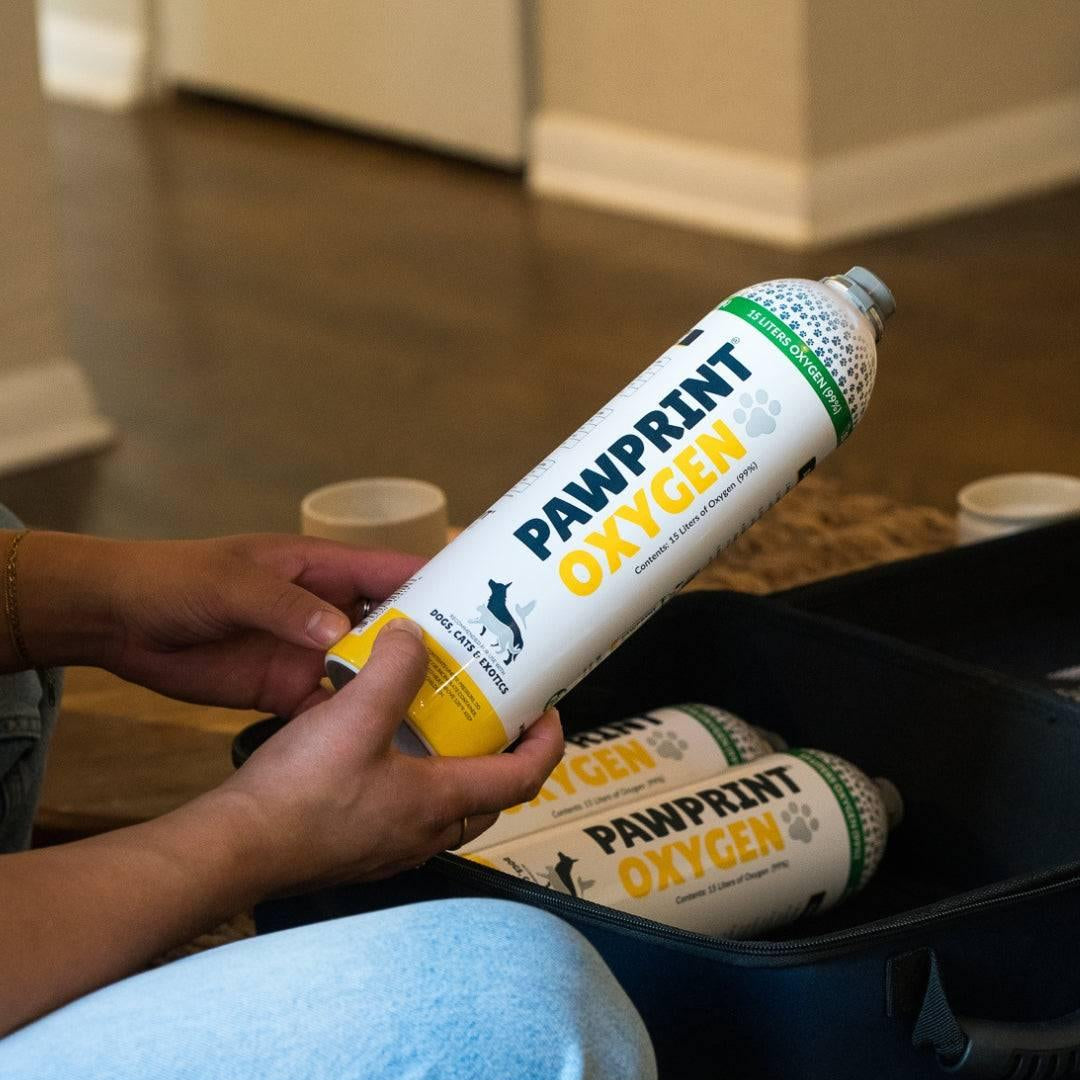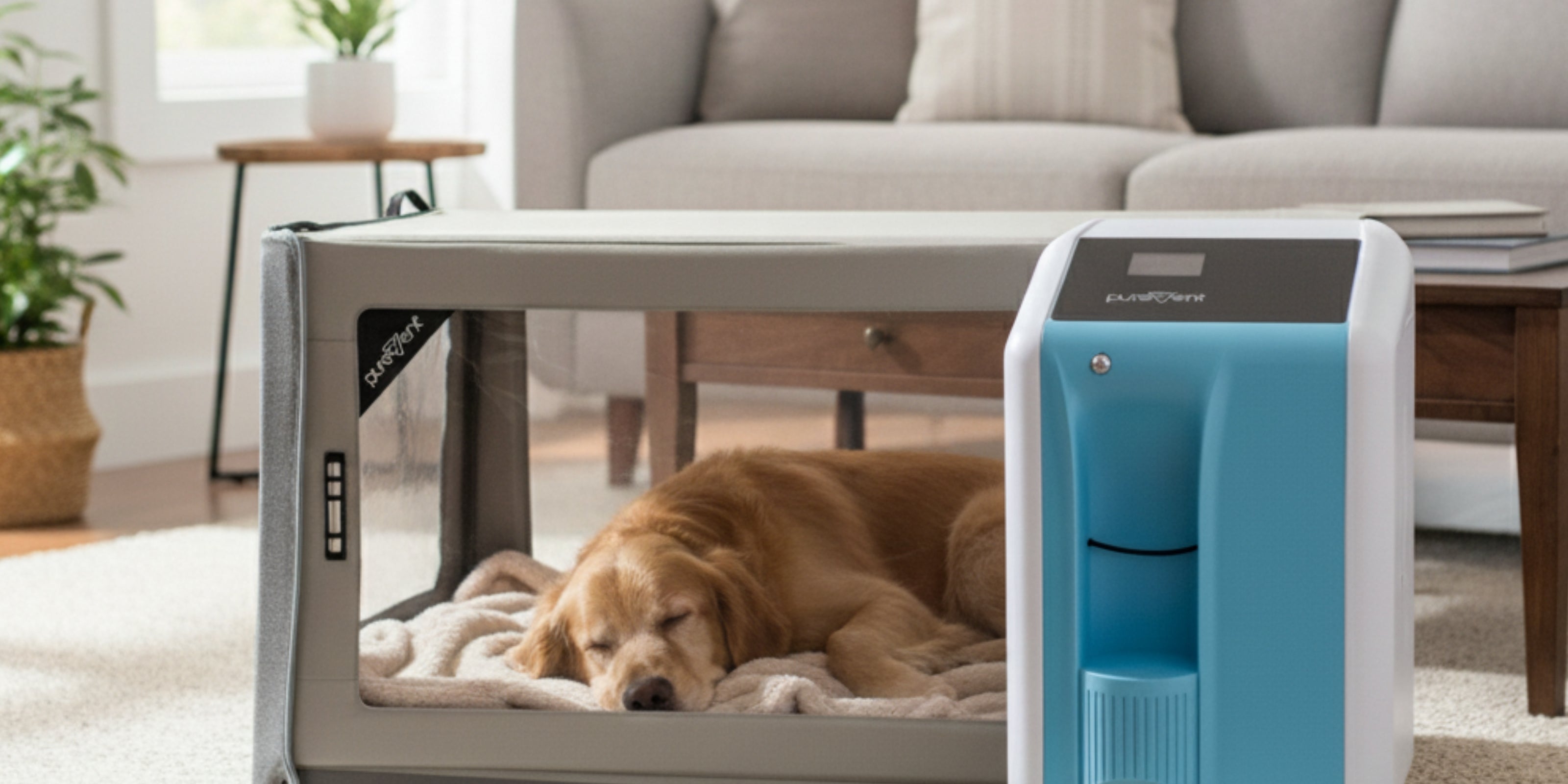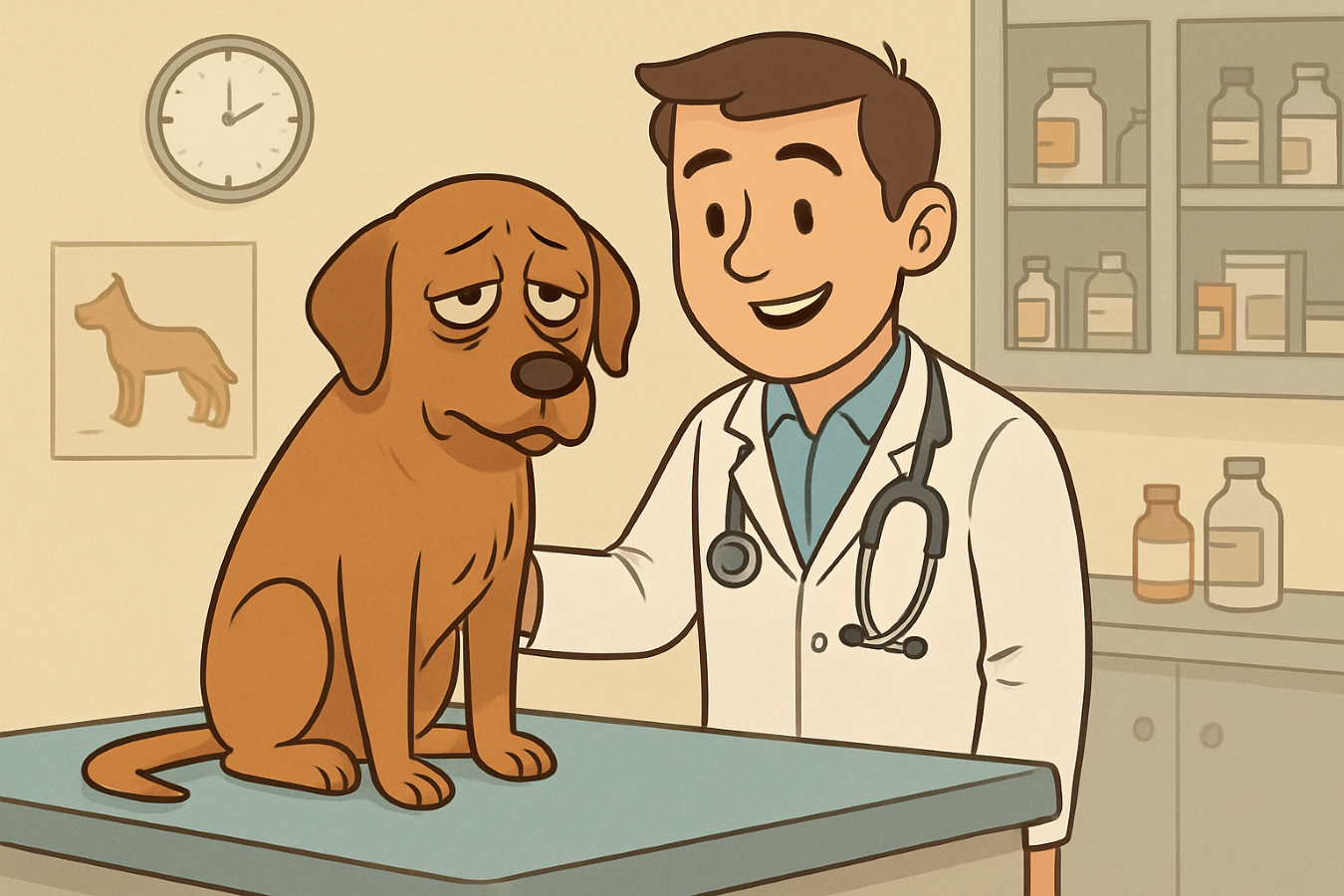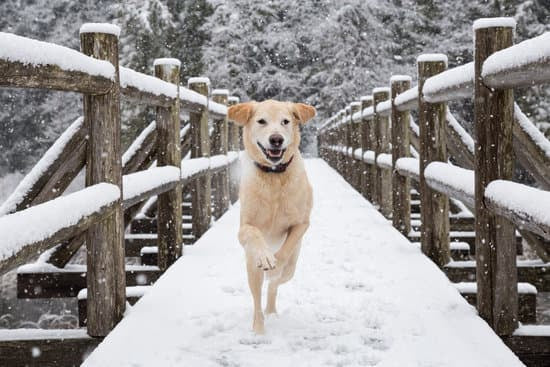In times of emergency, our fire departments are on the front lines, bravely rescuing both humans and animals from dangerous situations. While these dedicated professionals are well-equipped to handle various crises, they often face a critical gap in their resources: the ability to provide oxygen therapy to pets suffering from smoke inhalation or respiratory distress. By donating a pet oxygen mask to your local fire department, you can play a vital role in enhancing their ability to save our beloved furry friends.
In this article, we will explore the importance of pet oxygen masks, how they work, and the significant impact they can have in emergency situations. We will also guide you through the process of donating these critical devices to your local fire department, helping you contribute to the safety and well-being of pets in your community. Join us as we discuss how a simple donation can make a world of difference in the lives of pets and the heroes who rescue them.
Table of contents

Each year, wildfires ravage vast areas, causing not only property damage but also posing serious health risks. One of the most immediate threats from wildfire smoke is to respiratory systems, a threat shared by both humans and animals. Smoke inhalation can lead to coughing, wheezing, difficulty breathing, bronchitis, reduced lung function, and an increased risk of chronic heart and lung diseases.
This is where pet oxygen masks come into play. These masks are specially designed to fit the unique facial structures of pets, ensuring they receive optimal oxygen flow during emergencies. Providing fire departments with these specialized masks can make a significant difference in saving the lives of pets affected by wildfires, as well as house fires.
The Importance of Pet Oxygen Masks for Fire Departments
When it comes to wildfire smoke, our furry friends are just as vulnerable as we are. The harmful chemicals and tiny particles in the air can wreak havoc on their delicate respiratory systems, causing immediate distress and potential long-term health complications.
With the PureVent Pet Oxygen Mask, these heroes are able to help the many pets who become victims of house and wild fires every year. These masks enable firefighters to deliver clean oxygen directly to pets on the scene, providing much-needed relief and improving their chances of recovery.
However, there's a problem at hand - these masks are not always readily available. Budget constraints faced by many fire departments mean that they cannot always afford to have them on hand when they're needed most. Meaning pets, unfortunately, aren't able to get the oxygen they desperately need.
But here's where you can step in and be a true hero. You can make a generous donation to help bridge the gap and ensure that no pet goes without an oxygen mask. Join us in unleashing the power of pet oxygen masks and be a part of the solution. Together, we can make a difference in the lives of our beloved furry companions.
How Oxygen Therapy with a Pet Oxygen Mask Helps Pets Suffering from Smoke Inhalation
Alleviates Smoke Inhalation: Smoke inhalation can cause significant respiratory distress in pets. Oxygen therapy helps clear the smoke and toxins from their lungs, improving their ability to breathe.
Reduces Carbon Monoxide Poisoning: House fires often lead to carbon monoxide exposure, which can be deadly. Oxygen therapy helps to displace carbon monoxide from the bloodstream, reducing its toxic effects.
Improves Oxygen Saturation: Fires can lead to hypoxia, a condition where there is insufficient oxygen in the blood. Supplemental oxygen increases oxygen levels, ensuring vital organs receive the necessary oxygen to function properly.
Supports Respiratory Function: Fire-related injuries can damage the respiratory tract, leading to inflammation and difficulty breathing. Oxygen therapy supports respiratory function, making it easier for pets to breathe and recover.
Promotes Healing: Adequate oxygenation is essential for tissue repair and healing. Oxygen therapy helps promote faster recovery from burns, smoke inhalation injuries, and other fire-related trauma.

Stabilizes Vital Signs: Oxygen therapy helps stabilize a pet's heart rate, blood pressure, and overall condition, providing critical support during the immediate aftermath of a fire.
Reduces Anxiety and Stress: The trauma of a fire can cause significant stress and anxiety in pets. Oxygen therapy helps to calm and comfort them by easing their breathing difficulties and improving their overall sense of well-being.
Prevents Secondary Complications: Timely administration of oxygen can prevent secondary complications such as pneumonia, which can develop from inhaling smoke and toxic fumes.
Provides Critical Support During Transport: Oxygen therapy can be administered during transport to a veterinary facility, ensuring that pets receive continuous support and stabilization enroute to further treatment.
Aids in Long-Term Recovery: For pets with severe respiratory damage, ongoing oxygen therapy can be part of a long-term recovery plan, helping them regain strength and respiratory function over time.
By providing immediate and effective respiratory support, oxygen therapy can make a significant difference in the survival and recovery of pets affected by house fires.
What conditions can a pet oxygen mask help treat?
A pet oxygen mask can help treat a variety of conditions in dogs and cats, particularly those that affect their ability to breathe properly. These conditions include:
Respiratory Conditions
- Asthma: Common in cats, asthma can cause difficulty breathing, wheezing, and coughing, which oxygen therapy can help alleviate during an attack.
- Pneumonia: For pets with bacterial, viral, or fungal pneumonia, supplemental oxygen can assist in maintaining adequate oxygen levels while their lungs heal.
- Collapsed Trachea: Oxygen therapy can provide relief for pets experiencing airway obstruction caused by tracheal collapse.
- Chronic Obstructive Pulmonary Disease (COPD): Oxygen can help manage flare-ups in pets with chronic respiratory conditions.
- Lung Cancer: Oxygen can improve comfort and oxygenation in pets with compromised lung function due to cancer.
Heart Conditions
- Congestive Heart Failure (CHF): Pets with CHF often suffer from fluid buildup in the lungs, making oxygen therapy crucial to improve oxygenation and ease breathing.
- Pulmonary Hypertension: Oxygen can help reduce stress on the heart and improve oxygen levels in pets with this condition.
Emergency Situations
- Smoke Inhalation: Oxygen therapy is essential for pets exposed to smoke during fires to treat carbon monoxide poisoning and lung irritation.
- Drowning or Near-Drowning: Oxygen therapy can support recovery by improving oxygenation after water aspiration.
- Trauma: Pets with injuries that cause respiratory distress, such as rib fractures or chest trauma, may benefit from supplemental oxygen.
Infectious Diseases
- Feline Infectious Peritonitis (FIP): In cats, the wet form of FIP can cause fluid buildup in the chest, which oxygen therapy can help manage.
- Upper Respiratory Infections: Severe infections can cause breathing difficulties, particularly in brachycephalic (flat-faced) breeds, where oxygen therapy may provide relief.
Neurological Conditions
- Seizures: Pets recovering from seizures may have compromised oxygen levels, and supplemental oxygen can aid in their recovery.
- Head Trauma: Oxygen therapy can help ensure adequate oxygen supply to the brain during recovery.
Chronic Conditions
- Laryngeal Paralysis: Oxygen can be a temporary or supportive treatment for pets with this condition, especially during acute episodes.
- Brachycephalic Obstructive Airway Syndrome (BOAS): Flat-faced breeds often benefit from oxygen during stress, heat exposure, or airway crises.
Post-Surgical Recovery
- Anesthesia Recovery: Oxygen therapy can help pets recovering from surgery or sedation, particularly if they have underlying respiratory or cardiovascular conditions.
Shock or Severe Anemia
- Shock: Pets in shock from blood loss, dehydration, or severe infection can benefit from oxygen therapy to stabilize their condition.
- Severe Anemia: Oxygen masks can assist anemic pets whose bodies struggle to deliver sufficient oxygen to tissues.
By addressing these conditions, pet oxygen masks play a crucial role in emergency care, chronic disease management, and improving quality of life for pets with compromised respiratory function.
What kind of oxygen source do I need for the pet oxygen mask?
The type of oxygen source you hook your oxygen mask to depends on many factors, including the severity of the pet's symptoms, whether you are in your home or using the oxygen for transport, and the duration of use needed. The three most common sources are portable oxygen canisters, oxygen concentrators, and large oxygen tanks.
Portable oxygen canisters are recommended for short-term therapy or for use during transport, as they are light-weight and easy to handle.
An oxygen concentrator is typically recommended for pets that need longer term therapy or higher flow rates than the oxygen canisters can provide. However, since these units need to be plugged into an electrical outlet to function, they are typically used at home or in a veterinary office setting.
Large oxygen tanks are typically what is used on fire trucks and by first responders, and can provide high flow rates when and where the oxygen is needed. However, since the tanks are heavy and need refilled, they are not typically ideal for pet owner use.
What should I do if my pet resists wearing the pet oxygen mask during an emergency?
If your pet resists wearing a pet oxygen mask during an emergency, it’s essential to stay calm and try these strategies to ensure they receive the oxygen they need:
1. Stay Calm and Gentle
- Pets can sense stress, which might heighten their anxiety. Speak to them in a soothing tone and use reassuring body language.
- Avoid forcing the mask onto their face, as this may cause more resistance.
2. Gradual Introduction
- Hold the mask near their face without putting it on right away. Let them sniff and investigate it while you reassure them.
- Slowly move the mask closer, allowing them to get used to the sensation before securing it.
3. Distract with Comfort
- Offer a favorite blanket, toy, or a gentle touch to make the situation less intimidating.
- Try to provide comfort by petting them or holding them in a familiar position.
4. Adjust Your Approach
- Alternative Positioning: Instead of securing the mask tightly, hold it slightly above their nose and mouth to deliver oxygen indirectly.
- Angle the Mask: If the standard position isn’t working, tilt the mask slightly to allow some oxygen flow while they adjust.
5. Use Treats (if possible)
- In non-life-threatening emergencies, use small treats to distract your pet and create a positive association with the mask.
- Offer a treat immediately after each attempt to bring the mask closer to their face.
6. Secure Assistance
- If another person is available, they can help hold or comfort your pet while you handle the oxygen mask.
- For larger pets, you may need help gently restraining them to position the mask effectively.
8. Prioritize Safety
- If your pet is panicking and the mask cannot be used safely, don’t risk injury to yourself or your pet. Instead, try to deliver oxygen indirectly using the end of the oxygen tubing or by holding the mask near their face.
9. Practice Ahead of Time
- To prepare for emergencies, familiarize your pet with the oxygen mask before it’s urgently needed. Practice placing the mask on their face calmly and reward them for tolerating it.
10. Consult a Veterinarian
- After the emergency, consult your vet for additional strategies to help your pet adapt to oxygen therapy for future scenarios.
By remaining calm and patient, you can help your pet feel more comfortable during a stressful situation and ensure they get the oxygen they need.

Donate Pet Oxygen Masks to Your Local Fire Department
Make a difference by donating a pet oxygen mask set to your local fire department. Before making your contribution, it's important to have a conversation with the fire department about their specific needs and policies. Once you have all the information, you can purchase oxygen mask sets and either hand-deliver them or arrange for direct shipment. Let's change lives through the power of compassion!
Donations can be made through Pawprint Oxygen. Our process is simple: order a pet oxygen mask or pet oxygen mask set, choose to ship them to yourself or directly to the fire department and help us spread the word on social media. Click here for more details and be a part of something meaningful.
Fire Departments have their own oxygen source on their trucks, what they don't have are pet oxygen mask sets; that's where community members come in. Thanks to caring communities who don't leave animals behind, we can make sure every fire department has oxygen mask sets to be able to administer oxygen to pets on site.
We donated 120 PureVent Pet Oxygen Mask Sets to Denver area Fire Departments! Watch here:
Spreading Awareness, Donating a Mask, and Other Ways to Help
Beyond donating an oxygen mask, spreading awareness about the importance of these important tools is crucial. As previously mentioned, please don’t forget to share your donation story on social media or write a letter to your local newspaper. Encourage others to consider making their own donations.
If you're unable to donate a pet oxygen mask, there are still plenty of ways to assist. Consider making a monetary donation to your local fire department or a related charity. Volunteer your time by hosting fundraising events or spreading awareness in your community. Every effort counts towards protecting our furry friends.
As wildfire season approaches, it's vital to remember that our pets are also at risk. Donating a pet oxygen mask to your local fire department is a meaningful way to support both your community and its pets. Together, we can ensure our brave firefighters are equipped with the right tools to save lives – including those of our four-legged family members.
